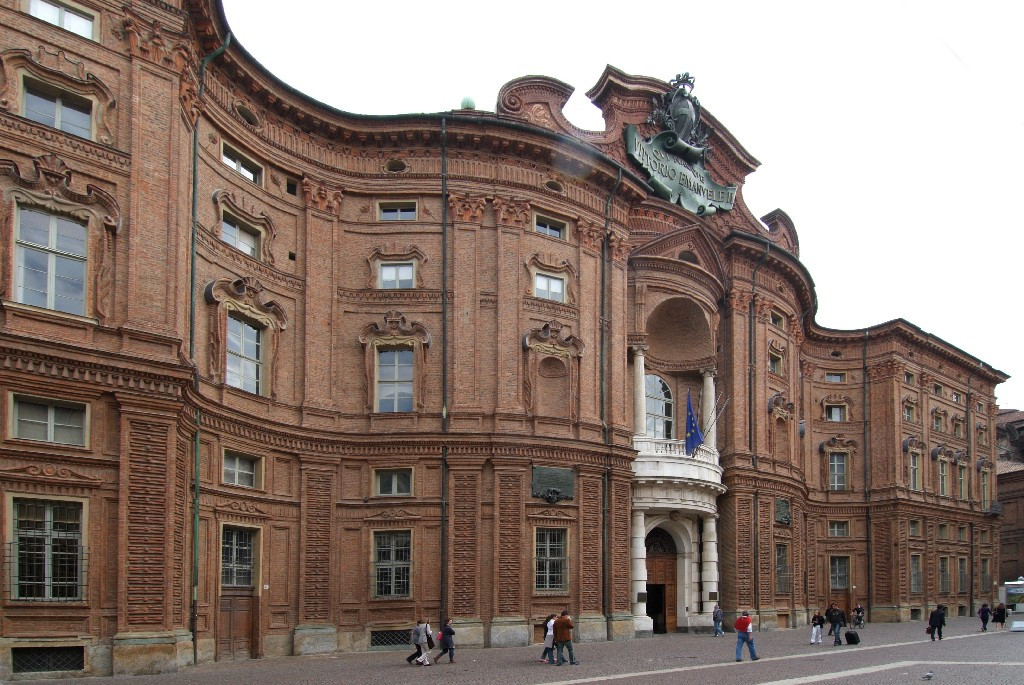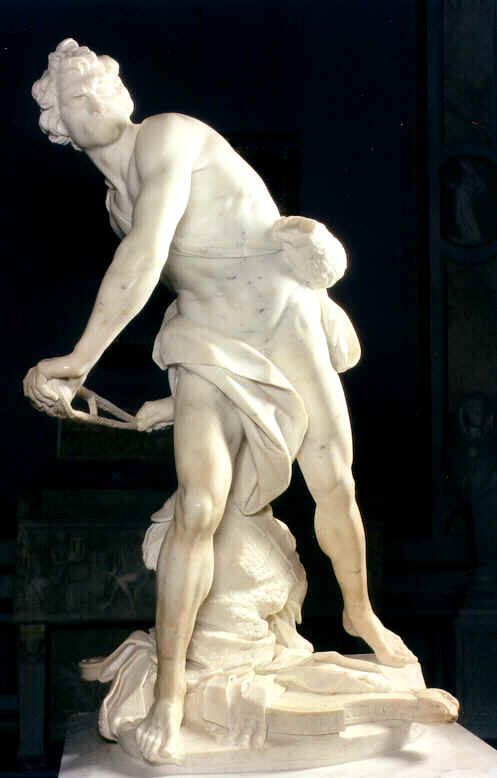
You may have received an e-mail with the names of the Baroque works of art you will have to study. This is what you will have to do:
- Write an individual post about the two works of art you have to study. The post will have to include the following data compulsorily: Title, author, pictures to understand what you are explaining, the text you have written and the sources you have used to prepare it.
- You should start looking for information about your work of art in Spanish. You have to make sure that you understand all the information before starting writing. Prepare a previous scheme and be sure that you don´t forget any part, review the main Baroque features and try to find them on your work of art.
- Use different sources of information (not only Wikipedia), don´t copy and paste and don´t use the computer translator (I will know it if you do it and this may make you fail this project) Write simple and understandable sentences.
- Use different sources of information (not only Wikipedia), don´t copy and paste and don´t use the computer translator (I will know it if you do it and this may make you fail this project) Write simple and understandable sentences.
- Copy the links of the websites you visit to include them at the end of your explanation and file them on a Word document. This way, you won't lose time looking for the links you've used when you finish your project.
- The names of the works of art have to be written in Italic font (cursiva) and with all the words in capital letters (nouns and verbs, not prepositions). For example: Saturn Devouring His Son, The Crucifixion of Saint Peter.
- You have to understand what you explain because once the projects will be finished, I will ask you about them in class, in the same way we did with the Renaissance art projects.
These are the specific guidelines for architecture, sculpture and painting
ANALYSIS OF A BUILDING

Palazzo Carignano, Guarino Guarini in Torino (Italy)
The analysis of a building has to include:
- The title and author of the building
- The chronological and geographic context: where and when the sculpture was made and who commissioned the sculpture.
- Type of building and function
- Commissioner
- Materials used
- Description of its different parts: facade, floor plan and elevation, decorative elements used, proportions, integration in the space
- The features of the art style the building belongs to and the correspondence between the features of the building and the art style.
- Additional information: influence in other buildings
You can include one or several pictures of the building, its floor plan and also the portrait of its author.
ANALYSIS OF A SCULPTURE

David, Bernini
- The title and author of the sculpture.
- The chronological and geographic context: where and when the sculpture was made and who commissioned the sculpture.
- Technical data: size, material used, where the sculpture is at present...
- A description of the sculpture, taking into account this rule: first we have to talk about what we see and after we can add details of what we have learnt in our research. We have to include the material, technique, figures represented, light, movement, clothes, influences the author received, symbols and meaning.
- The features of the art style the sculpture belongs to and the correspondence between the features of the sculpture and the art style it belongs to.
- Additional interesting information: importance of the sculpture in the story of art, influence of the sculpture in other artists.
- A description of the sculpture, taking into account this rule: first we have to talk about what we see and after we can add details of what we have learnt in our research. We have to include the material, technique, figures represented, light, movement, clothes, influences the author received, symbols and meaning.
- The features of the art style the sculpture belongs to and the correspondence between the features of the sculpture and the art style it belongs to.
- Additional interesting information: importance of the sculpture in the story of art, influence of the sculpture in other artists.
You can include one or several pictures of the sculpture and also the portrait of its author.
You have an example of a sculpture analysis on page 115 of your book. Read it before writing your text.
ANALYSIS OF A PAINTING

Saint Thomas' doubt, Caravaggio
The analysis of a painting has to include:
- The chronological and geographic context: where and when the painting was made and who commissioned the painting.
- Technical data: size, material used, where the painting is at present...
- A description of the painting: technique, people represented, places, colours and shapes, light, influences the author received, symbols and meaning.
- The features of the art style the painting belongs to and the correspondence between the features of the painting and the art style it belongs to.
- Additional interesting information: importance of the painting in the history of art, influence of the painting in other artists.
You can include one or several pictures of the painting and also the portrait of its author.
- The features of the art style the painting belongs to and the correspondence between the features of the painting and the art style it belongs to.
- Additional interesting information: importance of the painting in the history of art, influence of the painting in other artists.
You can include one or several pictures of the painting and also the portrait of its author.
You have an example of a painting analysis on page 88 of your book. Read it before writing your text.
- Smart History: http://smarthistory.khanacademy.org/
- About.com: http://arthistory.about.com/
And finally, here you have some useful websites to find good information:
- Smart History: http://smarthistory.khanacademy.org/
- About.com: http://arthistory.about.com/
- Bernini´s sculptures:
http://cherkas.com/romesartwork/berninissculptures.html
http://cherkas.com/romesartwork/berninissculptures.html
http://www.galleriaborghese.it/borghese/en/edafne.htm
- Fountains in Rome:
http://en.wikipedia.org/wiki/List_of_fountains_in_Rome
http://www.tours-italy.com/rome/fountains.htm
- El Prado Museum: Here you will find a lot of information about Velázquez, Murillo, Ribera, Ribalta, Rubens and Zurbarán:
http://www.museodelprado.es/coleccion/galeria-on-line
- Velázquez´s paintings at the National Gallery:
http://www.nationalgallery.org.uk/search/vel%C3%A1zquez/1?filter=paintings
- Rembrandthuis: the Rembrandt House Museum in Amsterdam:
http://www.rembrandthuis.nl/cms_pages/index_main.html
- Essential Vermeer: a very complete website about the painter Vermeer:
http://www.essentialvermeer.com/index.html
- Caravaggio´s paintings:
http://caravaggio.com/#
http://www.artble.com/artists/caravaggio/more_information/style_and_technique
REMEMBER THAT THE DEADLINE IS THE 20th OF NOVEMBER.
- Fountains in Rome:
http://en.wikipedia.org/wiki/List_of_fountains_in_Rome
http://www.tours-italy.com/rome/fountains.htm
- El Prado Museum: Here you will find a lot of information about Velázquez, Murillo, Ribera, Ribalta, Rubens and Zurbarán:
http://www.museodelprado.es/coleccion/galeria-on-line
- Velázquez´s paintings at the National Gallery:
http://www.nationalgallery.org.uk/search/vel%C3%A1zquez/1?filter=paintings
- Rembrandthuis: the Rembrandt House Museum in Amsterdam:
http://www.rembrandthuis.nl/cms_pages/index_main.html
- Essential Vermeer: a very complete website about the painter Vermeer:
http://www.essentialvermeer.com/index.html
- Caravaggio´s paintings:
http://caravaggio.com/#
http://www.artble.com/artists/caravaggio/more_information/style_and_technique
REMEMBER THAT THE DEADLINE IS THE 20th OF NOVEMBER.
No comments:
Post a Comment